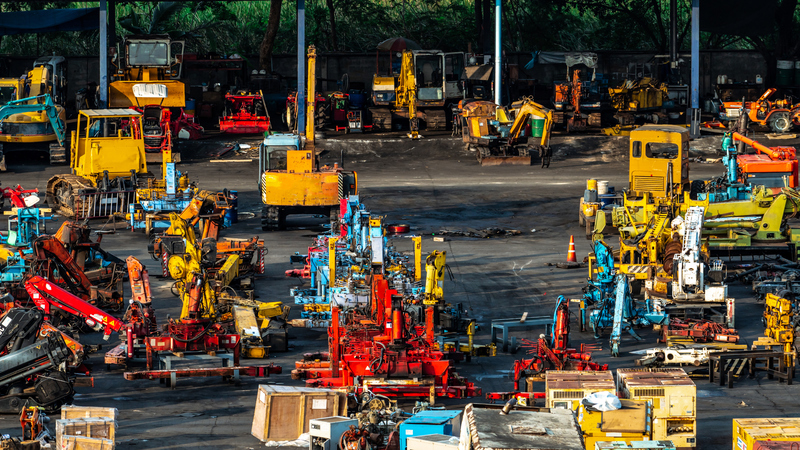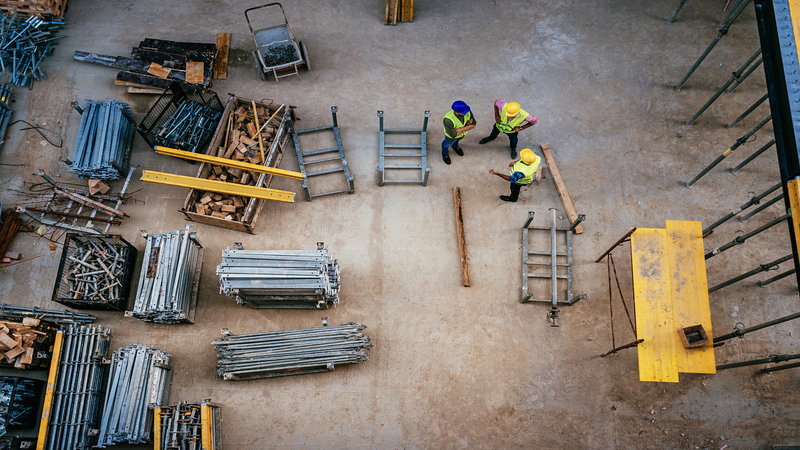Construction Equipment Hire Saves Developers Time, Dollars
During unprecedented times, knowing where to cut costs and where to spend is crucial to producing a high-quality project within the forecast budget.
One piece of the puzzle is correctly managing the costs of capital expenditure on equipment needed.
While “buy-versus-hire” is often debated, a trend towards hiring equipment as an alternative to buying has been on the rise over the years, with valid reasons why hire is an increasingly viable option.
Although there’s been a decline in Sydney apartment construction, there’s also been a shift towards the development of many build-to-rent projects.
Along with this, there has been a large focus on infrastructure projects thanks to the NSW government’s Planning System Acceleration Program.
The three-tranche program has seen assessments finalised for 48 major projects, including works on Badgerys Creek Airport, the Western Sydney Aerotropolis, the Mamre Road Precinct industrial area and the development of Sydney’s growth suburbs, such as Box Hill.
Commonly hired items for these types of projects include site accommodation , containers and site storage facilities, crane equipment, dewatering pumps and sediment tanks, steel road plates and rumble grids , temporary fencing and edge protection and traffic management equipment.
Hiring can be more cost-effective than buying

When hiring equipment, initial capital costs and depreciation costs can be avoided—not to mention that time spent sourcing the right equipment can also be saved.
You’re also dealing directly with an experienced consultant who knows the equipment inside out—and an added bonus is that with long-term projects, you can also receive a significant discount on hire.
Functioning equipment is great, but what happens when it breaks down and repairs are required? Spare parts aren’t often immediately available, with time subsequently lost in production—so a simple swap-over of such equipment with minimal down time is a very efficient option.
Not to forget, when considering whether to buy equipment, often only the initial purchase costs are considered, while subsequent ongoing costs are difficult to be assessed and budgeted for.
Prior to equipment purchases, developers or builders need to also consider the time and costs associated with regular maintenance, checks, testing, tagging and even engineer certifications—all while keeping these records in an orderly format and available for inspection.
Hiring assists in liability diversification
When a builder spends a large amount of their budget on purchasing equipment there is also increased liability risk.
The potential for equipment malfunctions, item theft and ongoing repair costs, and other potential insurance claims can be destructive to the budget bottom line.
Optimise capital expenditure: hire specialised items
Developers often use specialised equipment for various project sections, yet some items might only be used once on a construction site, or a couple of times a month.
Items like a pedestrian access ramp for concrete pours, for example, will only be needed when pouring concrete.
So, if you only need the item once, why buy it? This is particularly the case for higher capital costs and equipment with long lead times in manufacture.
Put simply, targeting spending when it comes to specialised items can assist in cost efficiencies.
Minimise storage costs and transportation logistics

As developers move from project to project, the transportation of equipment from one project to another project can prove logistically challenging, and with project timing commonly overlapping, this can also result in the need for a storage yard or facility.
By hiring equipment instead, a developer doesn’t need to worry about storage costs and labour to maintain same, and/or selling purchased equipment at significantly reduced prices compared to their initial purchase price.
Evaluate the right equipment for the project prior to purchase
Where a developer wishes to purchase equipment, quite often the decision as to which is the correct equipment and how it will suit the project can be a tricky one.
By undertaking an initial hire, a developer can assess if the equipment selected is actually able to do the task at hand.
Once confident in its operation it can then be purchased, thereby minimising any potential “white elephants” on the project.
“We are always looking for methods to improve the customer’s experience with us,” Ivan Brbot, director of equipment hire company The Plant Yard, said.
“We try to place ourselves in the customer's position having ourselves come from a building construction background and together try to work out the best solution for them.”
Based in Sydney, The Plant Yard is a family-owned and operated construction equipment hire business established in 1998.
Click here for more information, or to speak with the The Plant Yard team.
The Urban Developer is proud to partner with The Plant Yard to deliver this article to you. In doing so, we can continue to publish our free daily news, information, insights and opinion to you, our valued readers.














